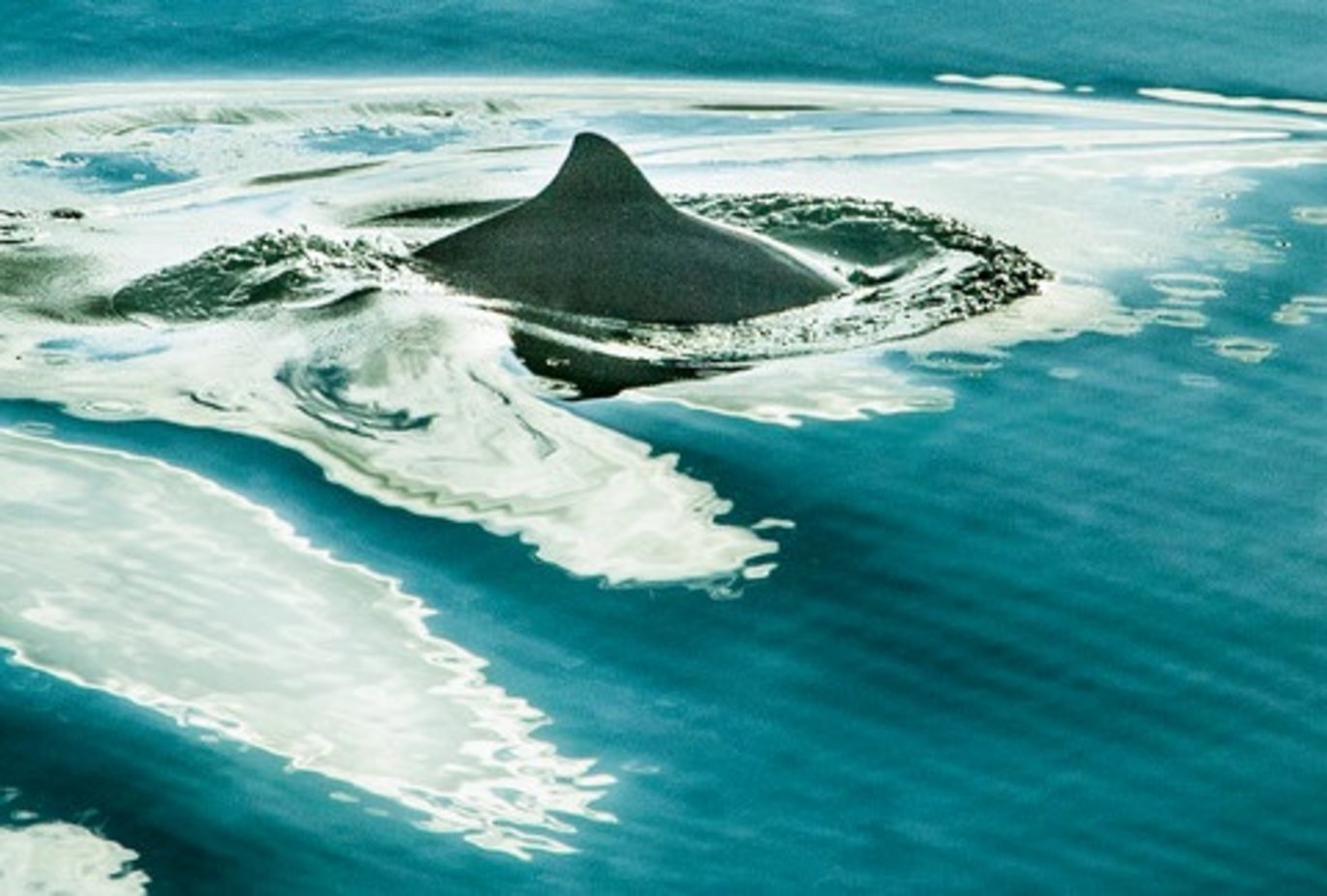North Sea Porpoise project concluded
On January the 21. 2019, after seven years work, Aarhus University, Denmark announced the public availability of the DEPONS 2.0 model.

The objective of the DEPONS (Disturbance Effects of Porpoises in the North Sea) model is to simulate how harbor porpoise population dynamics are affected by pile-driving noise associated with construction of offshore wind farms. The model has been developed by DCE – National Centre for Environment and Energy at Aarhus University, Denmark with support from consulting firm Aragost.
The porpoise’s survival are directly related to their energy levels, and the population dynamics are affected by noise through its impact on the animals’ foraging behavior. By ensuring that the animals’ movement patterns, space use and reactions to noise are realistic, the population dynamics in the model have the same causal drivers in the model as in nature.
The model incorporates several techniques such as display of a background image, visual tracking of agents, event-based logging and simulation capture and replay in unit testing. The DEPONS 2.0 model will be an important tool for assessing the impact of construction of future wind farms before the are build.
The model has been implemented in the Repast Simphony agent-based modeling and simulation platform with support from Aragost and has been released as open source available from GitHub (https://github.com/jacobnabe/DEPONS)
Further information related to the project can be found at http://www.depons.au.dk or by contacting Jacob Nabe-Nielsen (jnn@bios.au.dk).
